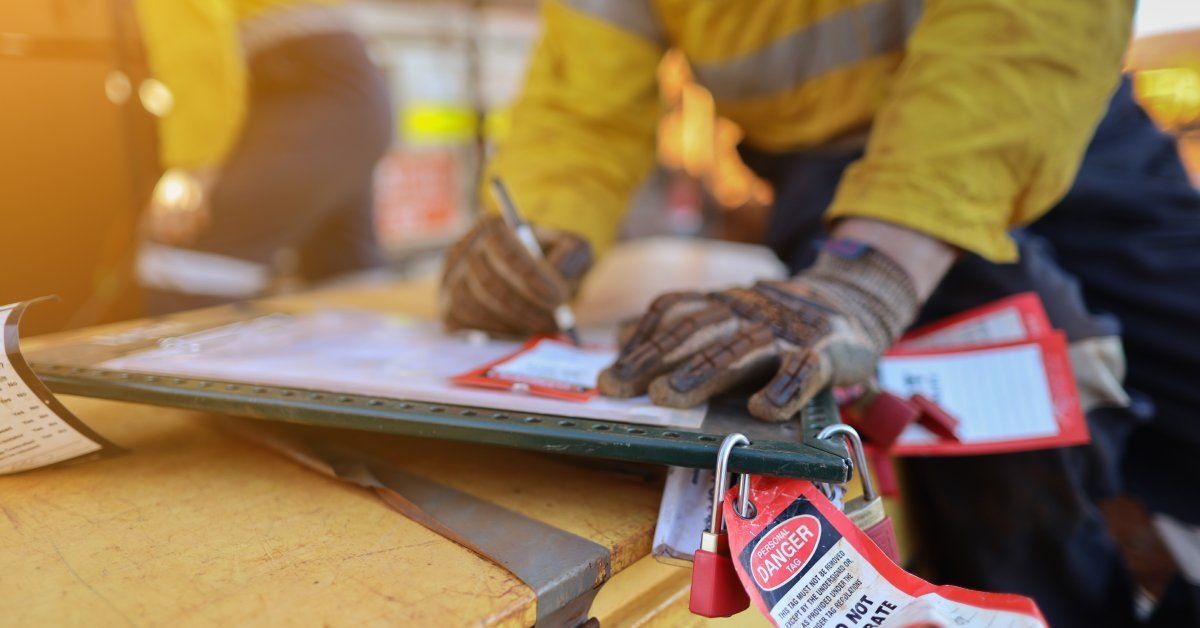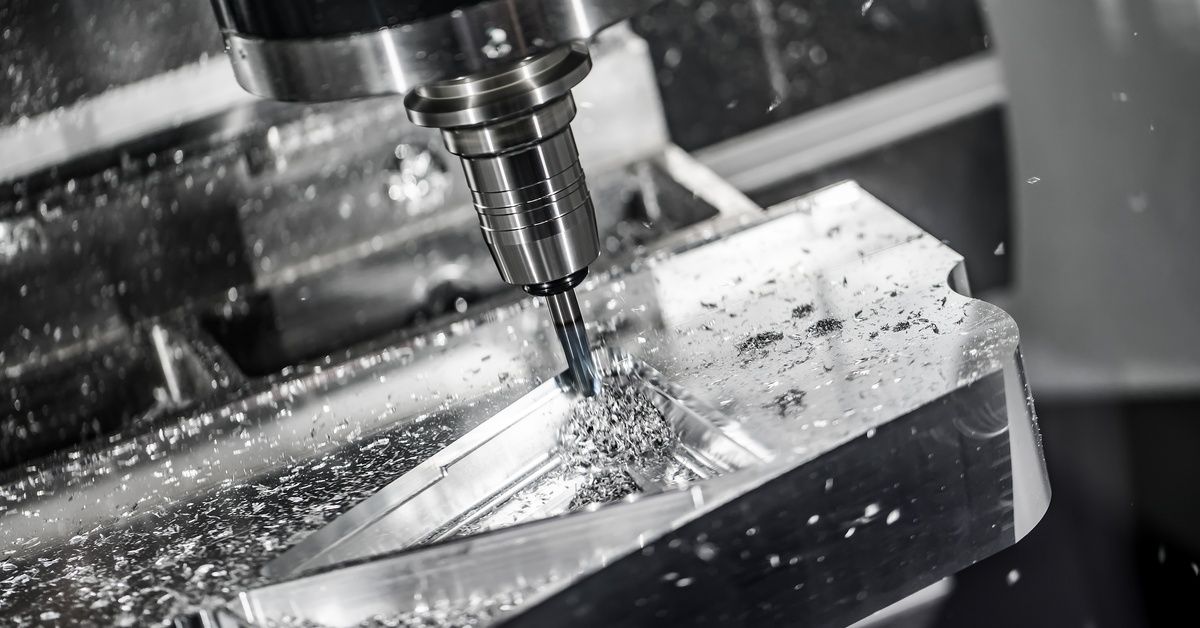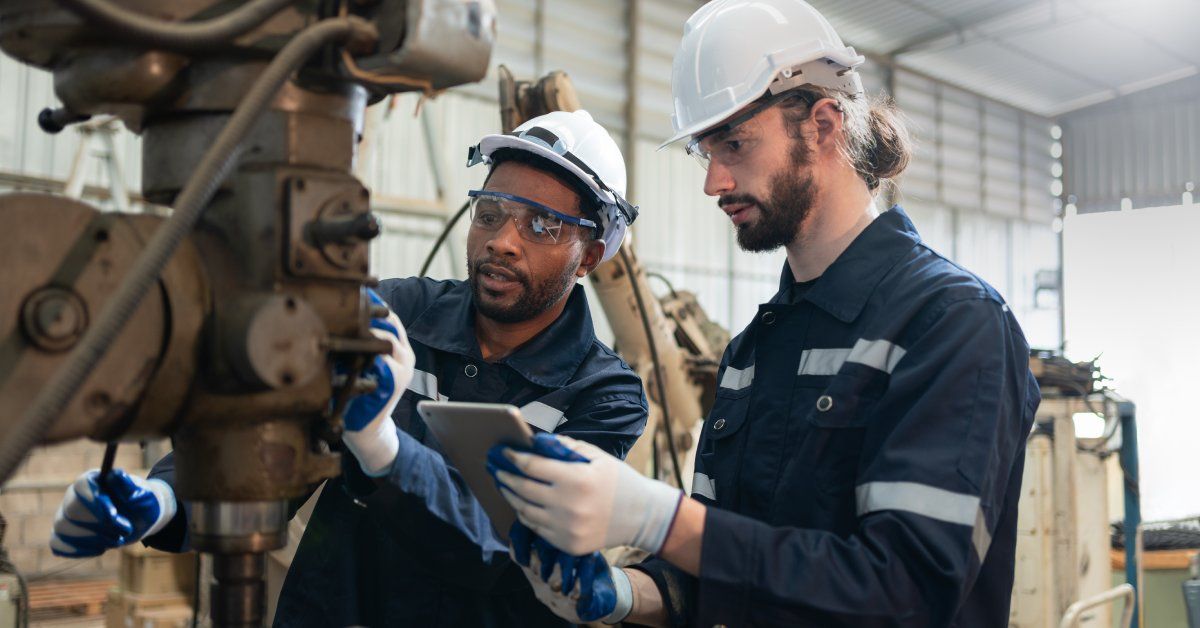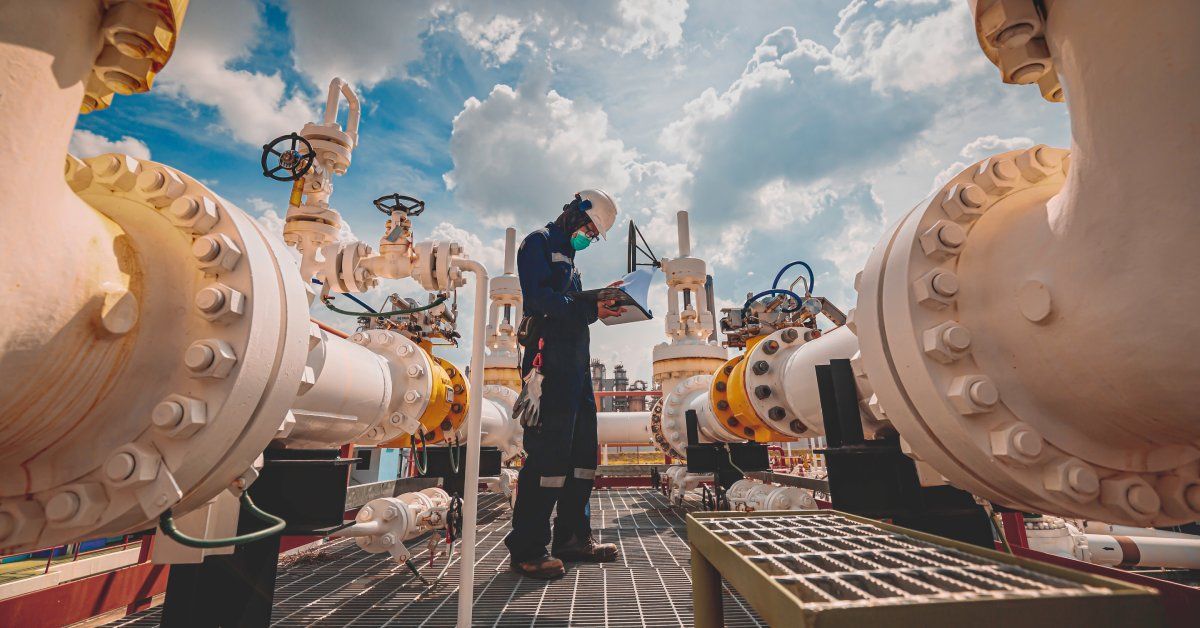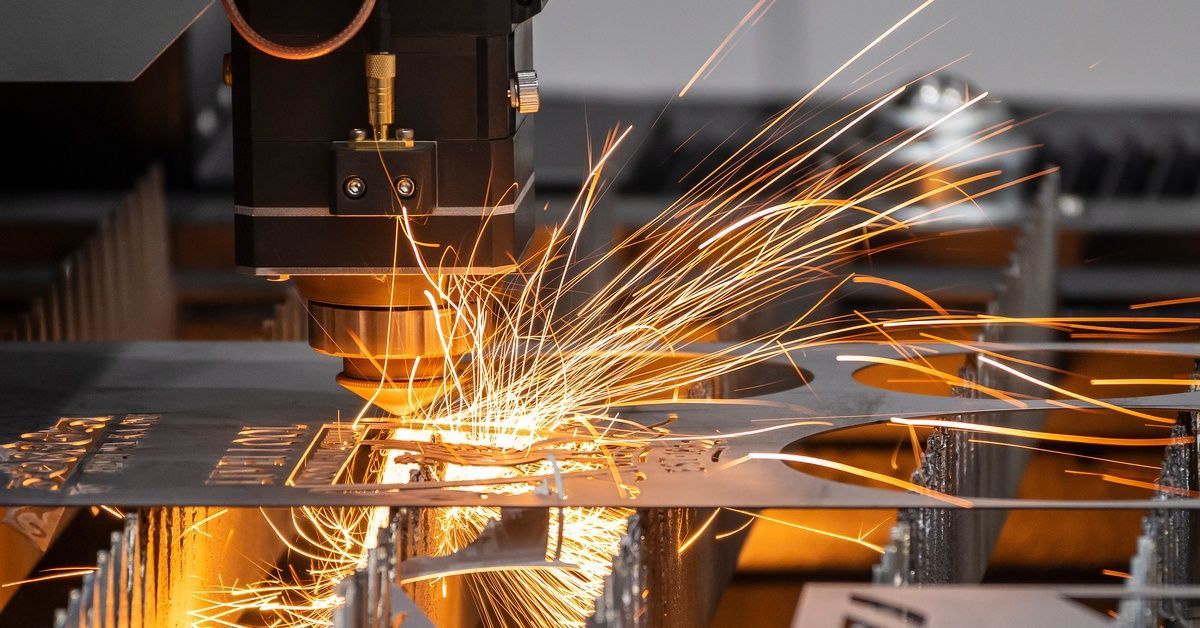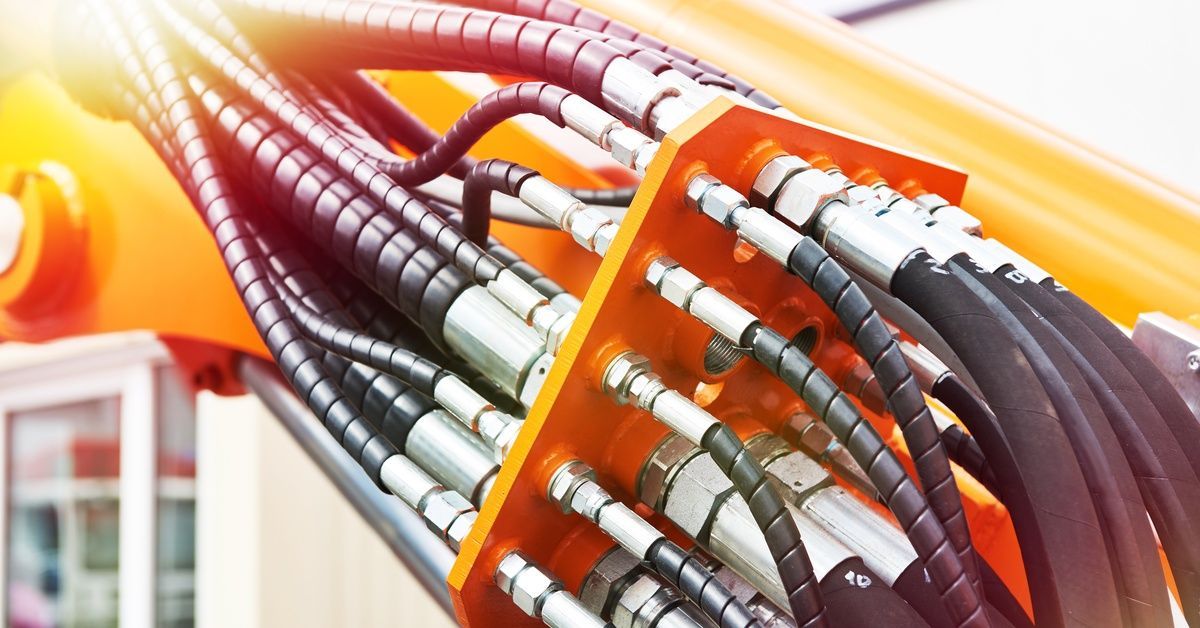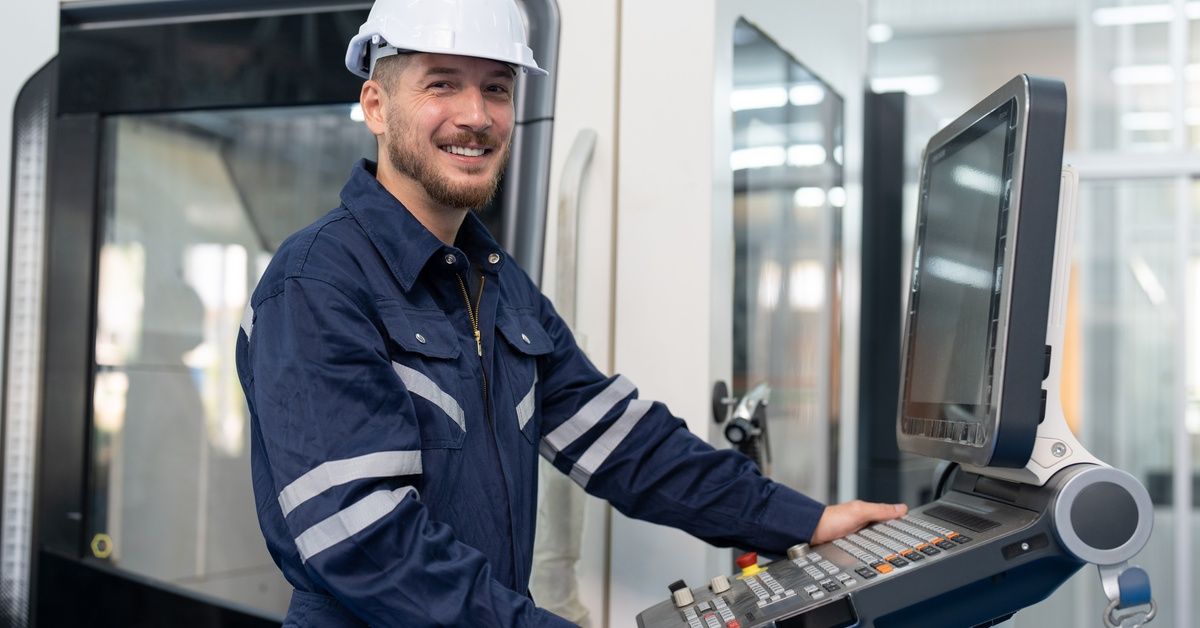A Complete Guide to Industrial Welding Techniques
This is a subtitle for your new post
Welding is the backbone of countless industrial processes, creating durable, lasting bonds that form the foundation of structures and machinery. It is the process of joining materials, usually metals or thermoplastics, by applying heat, pressure, or both to create a solid connection. Understanding the fundamentals of industrial welding techniques is crucial when selecting the most suitable method for your project, whether it involves heavy-duty manufacturing, precise repairs, or custom fabrication.
Whether you’re a seasoned professional or a business exploring industrial welding options, this complete guide will walk you through critical steps, popular techniques, and factors to consider when selecting the best approach for your projects.
Understanding the Steps of Welding
Regardless of the industrial welding technique you select for your given application, the welding process follows a similar step-by-step process to achieve long-lasting results. Here is a brief overview of the welding stages you will follow once you have chosen the proper technique and gathered the necessary materials and safety gear.
1. Material Preparation
Material preparation sets the foundation for a strong and reliable weld. This includes cleaning surfaces to remove contaminants like dirt, grease, or corrosion that can weaken the bond. Preparing the edges through beveling or grooving may be applied based on the type of weld required.
2. Equipment Preparation
The next step is to properly prepare and turn on your welding machinery and accessories. This includes calibrating the welding machine, preparing electrodes or filler materials, and ensuring proper gas supply if required. Verify that your protective gear, such as gloves, helmet, and apron, is in place, and ensure your workspace is properly ventilated to enhance safety and performance.
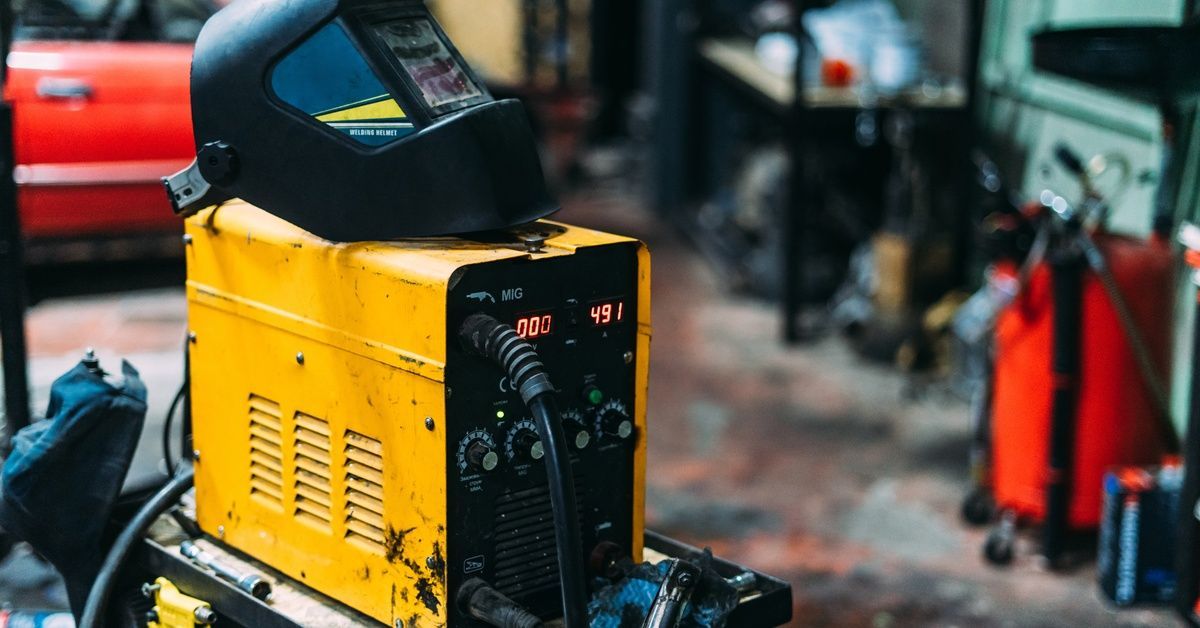
3. Welding Technique Application
Careful application of your chosen technique is key to creating a durable, defect-free weld. Pay close attention to factors like speed, angle, and pressure to achieve uniformity and consistency. Maintaining control throughout the process prevents errors, saving time on costly rework.
4. Post-Welding Inspection
After welding, inspecting the joint ensures it meets structural and quality standards. Complete a visual inspection for signs of defects like cracks, porosity, or weak bonds, and make repairs if needed. Non-destructive testing methods, such as ultrasonic testing, can also help detect internal flaws without damaging the project.
Common Industrial Welding Techniques
Various welding processes are utilized to accommodate the diverse properties of materials and specific project demands across many industries. While not an exhaustive list, the five common industrial welding techniques listed below, as well as their benefits and drawbacks, can serve as a foundation for making an informed choice.
Metal Insert Gas Welding (MIG)
MIG welding or gas metal arc welding (GMAW) is a process that uses a continuous wire electrode fed through a welding gun to create a weld. The weld area is shielded with an inert gas, such as argon or a mixture of argon and carbon dioxide, to protect it from contaminants in the air. Its ease of use makes it a popular choice for professionals in industries like automotive, construction, and manufacturing.
Advantages:
- Produces high-quality, clean welds
- More efficient than other welding techniques
Disadvantages:
- Initial equipment setup can be expensive
- Less effective outdoors due to shielding gas sensitivity
Tungsten Insert Gas Welding (TIG)
TIG welding, also known as gas tungsten arc welding (GTAW), uses a tungsten electrode to produce the weld. The process can be used with or without a separate filler material, while the area is shielded by an inert gas, typically argon, to prevent contamination. This method allows precise control over the welding arc and material being fused.
Advantages:
- Suitable for a wide range of metals, including aluminum and stainless steel
- Produces clean, strong, and visually appealing welds
Disadvantages:
- Slower process than other techniques
- Requires highly skilled operators, increasing labor costs
Shielded Metal Arc Welding (SMAW)
SMAW, commonly known as stick welding, uses a consumable electrode coated with flux to create the weld. When the electrode melts, the flux produces a gas that shields the weld pool from impurities. The process generates enough heat to fuse the electrode and base material, forming a molten weld pool that solidifies as it cools.
Advantages:
- Works effectively in outdoor, windy, or damp environments
- Minimal equipment requirements make it highly portable
Disadvantages:
- Requires frequent electrode replacement
- Produces more slag, increasing cleanup time
Flux-Cored Arc Welding (FCAW)
FCAW employs a tubular wire electrode filled with flux, which creates a shielding gas to protect the weld during the process. The continuous feed of the electrode through the welding gun maintains a steady arc and weld pool. Depending on the material and application, additional shielding gas may or may not be used.
Advantages:
- High deposition rate allows for quicker welding
- Can be used in outdoor or windy environments
Disadvantages:
- Produces more slag, requiring additional cleaning
- Specialized wires increase consumable costs
Submerged Arc Welding (SAW)
SAW operates by feeding a continuous wire electrode under a blanket of granular flux. The flux covers the arc and the weld pool, preventing exposure to air and reducing spatter. The process typically relies on high-energy arcs and automation to create deep weld penetration and smooth weld surfaces.
Advantages
- Generates minimal smoke and splatter
- Suitable for large-scale jobs, including shipbuilding
Disadvantages:
- Limited to horizontal or flat positions
- Not suitable for thinner materials
How To Select the Optimal Welding Technique
Choosing the proper industrial welding technique depends on several project-specific factors. Here’s what to consider to ensure optimal results.
Project Requirements
Start by identifying the specific needs of your project. Determine the type of welds needed, whether they are structural, ornamental, or for repair purposes. Reference the project design to select the most suitable option.
Material and Metal Thickness
The type of metal and its thickness heavily influence which technique to use. MIG or TIG welding is best for thinner materials, while FCAW or SAW excel at welding thick metals often seen in metal machining operations.
Welding Position
The ideal welding technique for a given joint on a project will depend on the location and angle at which the metal must be fused. Some techniques, such as SAW, are impossible for overhead positions, and complex positions like these are better suited for SMAW.

Cost Considerations
Budget plays a key role in deciding the optimal welding method. If your project has financial constraints, consider affordable techniques like SMAW. However, if long-term reliability is the priority, investing in advanced methods like SAW or TIG can reduce future maintenance costs.
Selecting the Right Approach for Maximum Results
Industrial welding techniques bring a range of options to accommodate project demands, material properties, and production timeframes. By mastering preparation, understanding various welding methods, and assessing project requirements, professionals in metal machining shops can deliver durable and precise welds for any challenge.
For organizations looking to enhance their production process, James Manufacturing is here to provide custom machining and welding services to businesses in North Texas. Contact us today to discuss your welding goals and explore how we can guide you through our methods.
